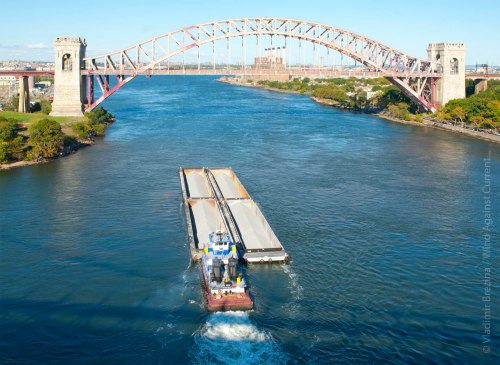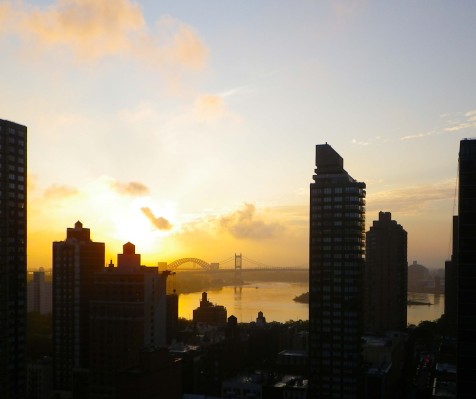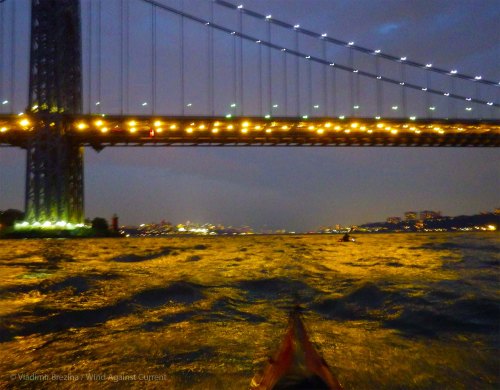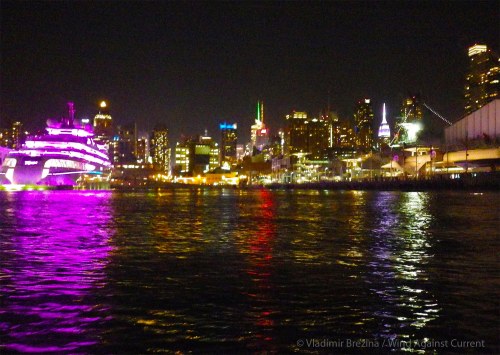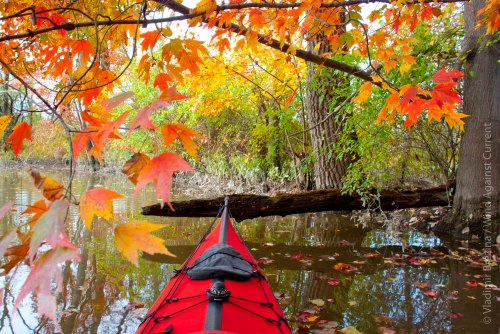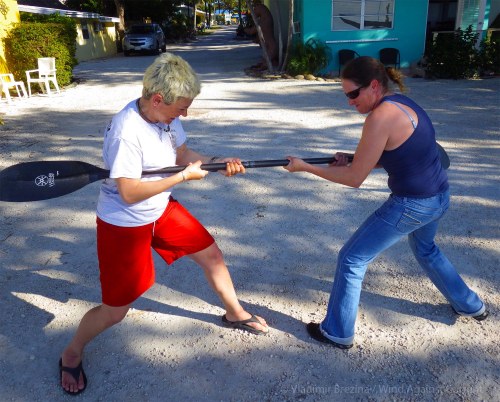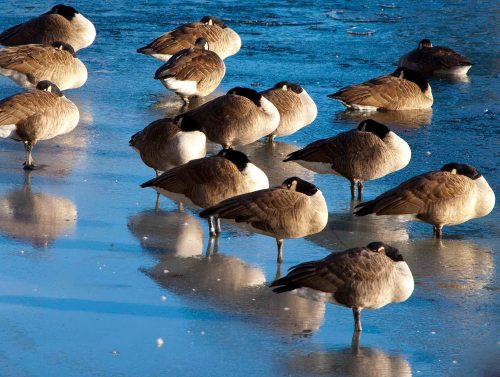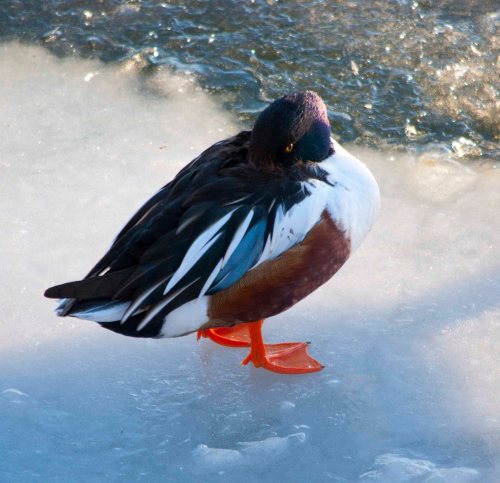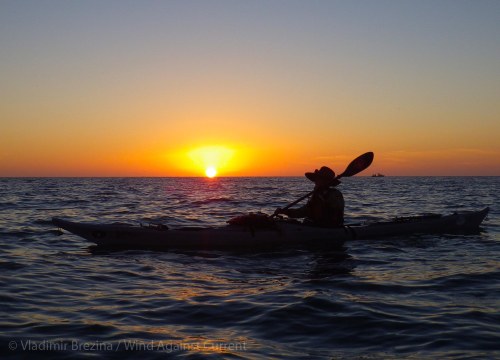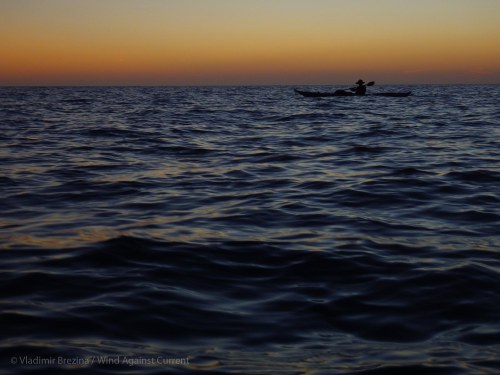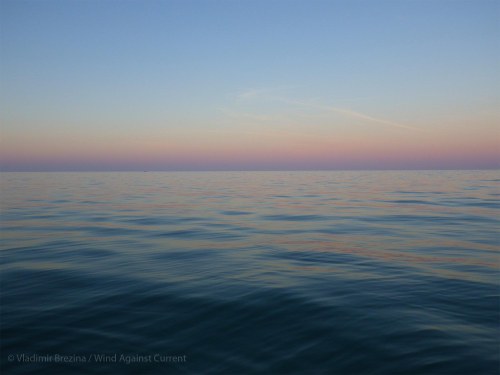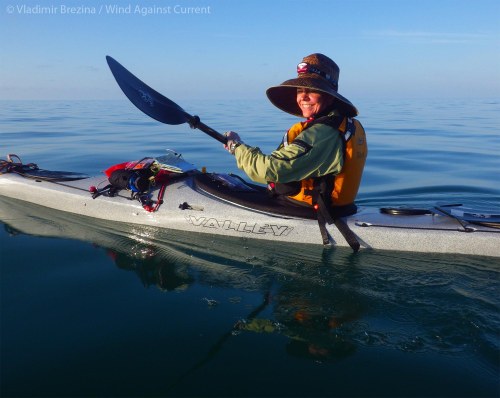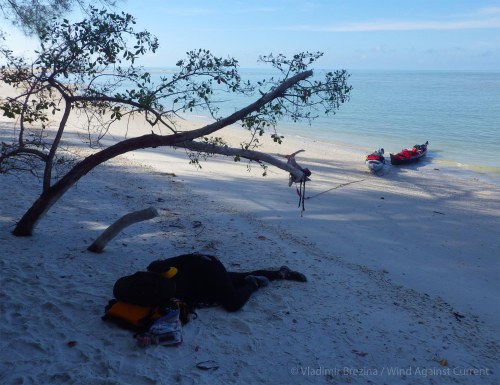By Johna Till Johnson
Photos by Vladimir Brezina and Johna Till Johnson
It’s hard to believe the Hell Gate Bridge is almost 100 years old.
98, to be exact: The bridge first opened on September 30, 1916. I’ve written about my love for the Hell Gate three years ago, in my birthday greetings to the Bayonne Bridge.
But it’s worth summarizing again why I feel so strongly about the Hell Gate. As I wrote then:
I love bridges. I’m not entirely sure why. Partly it’s the look of them: They seem almost alive, taking off in a leap of concrete, stone, or steel, somehow infinitely optimistic and everlastingly hopeful. Partly it’s their function: Bringing things together, connecting people and places that were previously divided. And of course, bridges often cross moving water—another of my favorite things.
But though I love them all, some bridges in particular hold a special place in my heart.
Many years ago I worked north of New York City (in Connecticut and later in White Plains). The hours were grueling—some days I’d leave my apartment at 5 AM and not return until 11 PM. Sometimes I drove, but I preferred to take the Metro-North train. I relished the peacefulness of the scenery rolling by.
As we crossed the Harlem River, I’d catch sight of one bridge in particular, a study in contrasts: graceful, soaring, yet solid, composed of two steel arches with slightly different curvatures, so they were closer together at the top of the arch and wider apart at the bases, anchored in solid stone towers.
The rising sun would touch this bridge and (so I thought) paint it a lovely shade of rosy pink. The memory of that beauty was often the nicest part of my day.
But for years, I didn’t know what the bridge was called, or even where, exactly, it was. All I knew was that the sight of it reliably brightened my mornings.
One day I happened to mention the bridge to my father, a retired naval officer who had once been stationed in New York City, but now lived hundreds of miles away.
He recognized it immediately from my description: “That’s Hell Gate Bridge,” he said. An odd name for a structure of such harmonious beauty! I hadn’t heard of Hell Gate before, and my dad explained it was where the Harlem River joined the East River. Hell Gate was a treacherous body of water characterized by converging currents and occasional whirlpools that had been the doom of hundreds of ships over the past several centuries.
“As a young ensign, I was on a ship that went through Hell Gate,” my father said. “But I don’t recall that the bridge was pink.” That would have been in the late 1940s; I can’t recall for certain what kind of ship he told me it was, but my memory insists it was a destroyer.
Many years later, I’ll not forget the thrill I had the first time I passed under the bridge, in a far different vessel: My trusty yellow kayak, Photon.
As for the bridge’s color, I later learned my dad was right. The bridge was painted “pink” (actually a color called Hell Gate Red) only in 1996—but the paint has faded to a pastel rose, as you can see.
When doing further research, I learned that:
- The Hell Gate and Bayonne Bridges reflect the vision of the same man, Czech-Austrian civil engineer Gustav Lindenthal. (Lindenthal designed the Hell Gate, and his Swiss co-worker and protege Othmar Ammann designed Bayonne.)
- Their beauty is no accident. According to Wikipedia, “Lindenthal’s work was greatly affected by his pursuit for perfection and his love of art. His structures not only serve the purpose they were designed for, but are aesthetically pleasing to the public eye.” Indeed!
- There’s a third sister (or perhaps cousin): The world-famous Sydney Harbour Bridge. Although designed by a different firm, the Sydney Harbour Bridge was inspired by Hell Gate and Bayonne.
I also learned that the Hell Gate Bridge was so perfectly engineered that when the main span was lifted into place, the adjustment required was a mere half-inch!
Happy birthday, you beautiful creature. You haven’t aged a bit!

